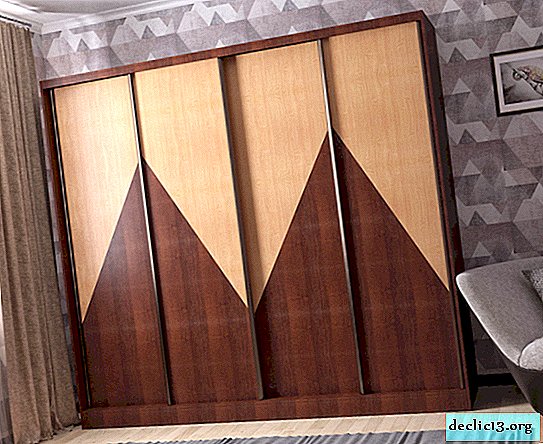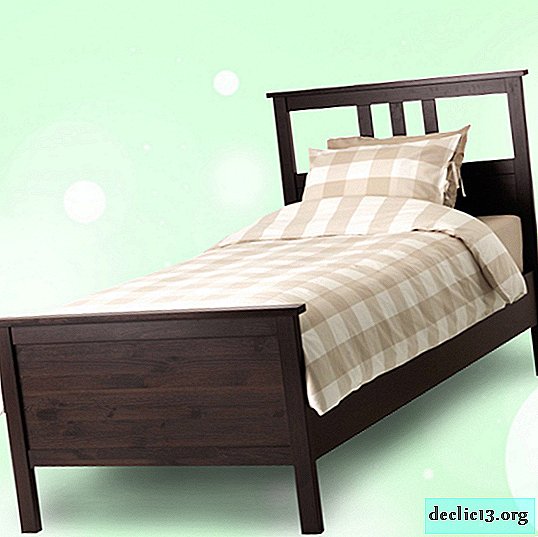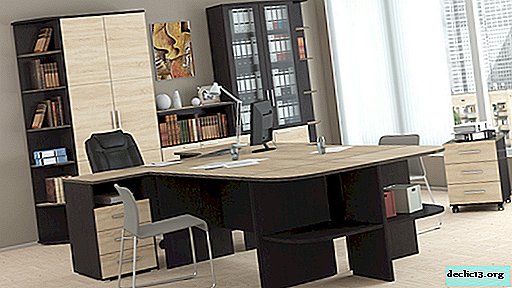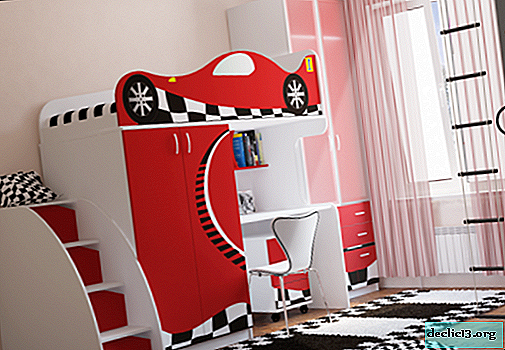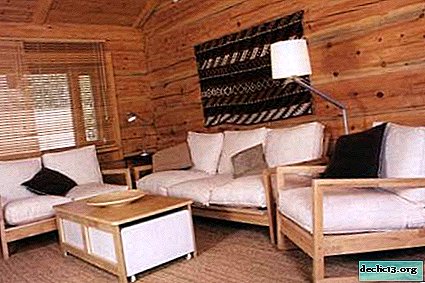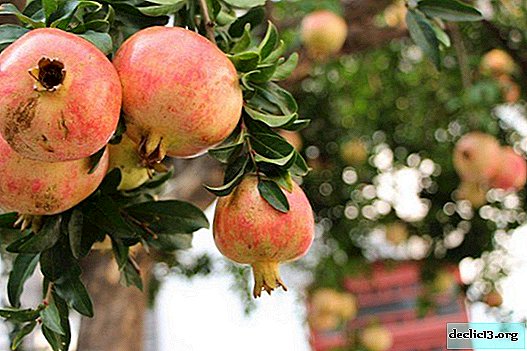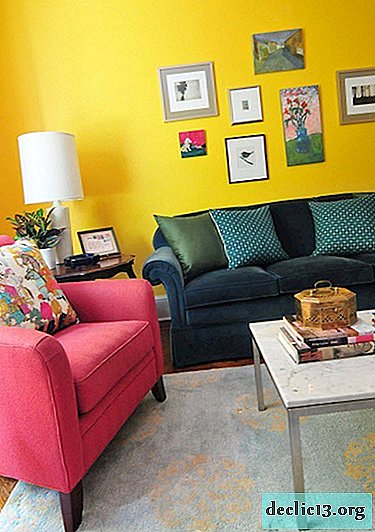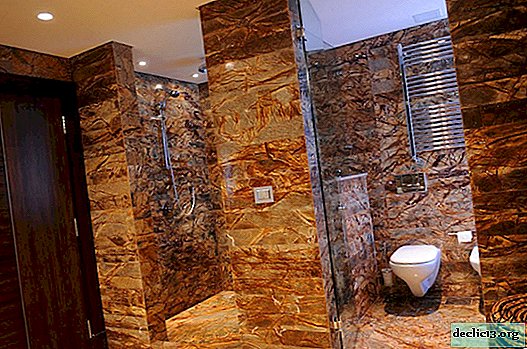Nymphenburg Munich - Palace of the Goddess of Flowers
Nymphenburg Palace is one of the main attractions of Munich, located in the western part of the city. More than 3 million tourists visit this place every year, who are impressed by the richly decorated chambers of the kings and the well-kept park at the castle.
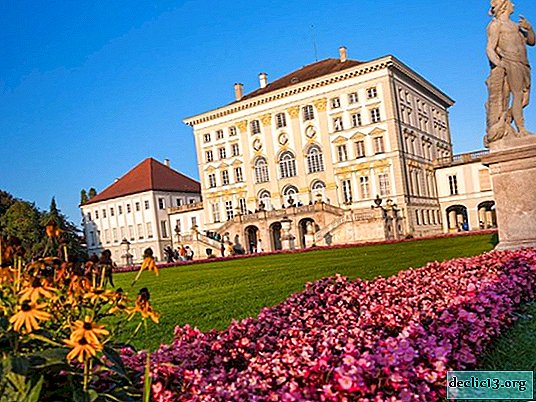
General information
Nymphenburg is a palace and castle complex in the western part of Munich. Known as the main residence of the Wittelsbachs and the birthplace of Ludwig II of Bavaria.
From the German language, the name of the attraction is translated as “City of the Nymphs”, and as planned by the owners, the palace itself was dedicated to the flower goddess Flora and her nymphs.
As many representatives of the Wittelsbach dynasty noted, it was Nymphenburg Castle in Munich that was their favorite residence.
Short story
The Nymphenburg Palace in Munich is the official residence of the Wittelsbach, the construction of which, in total, lasted more than 200 years.

The first stone was laid in 1664 by Elector Ferdinand Maria. He wanted to give a present to his wife and little son by building a small Italian-style villa. For ten years, a pavilion, a church and a stable were erected. This would have ended if the elector's son, the Bavarian King Maximilian II, had not intervened in the matter.
It was he who made the most significant changes in the architecture of the palace. Wanting to build something similar to Versailles in Munich, Maximillian attached two wings to the castle and modernized the facade, making it similar to the French.
Subsequent generations of the Wittelsbachs also brought something new to the building, but there were no radical changes.
What to see on the territory
Since Wittelsbachs were one of the richest families in Europe, their main residence looks very beautiful and expensive. The castle is worth a visit:
- Stone (or Front) Hall. Many tourists call this room the most beautiful in the palace: high ceilings, painted walls, crystal chandeliers and gilded candelabra. These chambers are dedicated to Flora - the goddess of flowers. On Saturday evenings, balls or dinner parties were often held here. Interestingly, this is the only hall in which restoration or repair work has not been carried out since 1757!
- Queen's chambers. The walls of this room are completely upholstered in emerald velvet, and in the center of the room are a coffee table and walnut chairs.
- The chambers of the king. In these chambers lived Elector Max Emanuel, who really wanted to create a little Versailles in his room. In his chambers, he created the so-called beauty zone, where he hung portraits of French favorites. The room itself is made in green and blue tones.
- Beauty Gallery Ludwig I was a famous connoisseur of female beauty, and one of his hobbies was collecting female portraits. Now the gallery has 36 paintings. It is interesting that in addition to portraits of countesses, queens and dancers, in the collection of Ludwig, you can also find images of ordinary peasant women and the daughter of a shoemaker. However, a special place in this collection is occupied by the portrait of the dancer Lola Montes - it was because of this girl that the king abdicated, as a result of which the revolution began.

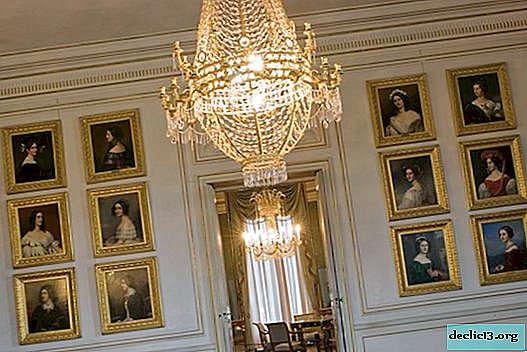
After visiting the castle, it's time to look into the park. Moreover, he is rightfully considered one of the best in Munich. Here you can just take a walk, but if there is very little time, it is worth visiting the most interesting places:
- Pagodenburgsky valley (it is a small area on which many ancient oaks grow);
- Cascade near the castle;
- Lake Badenburg
- Monopter, which is located on the shores of Lake Badenburg;
- Grand Canal;
- Central fountain (in front of the main entrance to the castle).

If you have enough time, then it is better to just wander along the well-groomed park streets, sit on a bench or it is better to view the castle from different sides.
It is interesting that each tree growing in the Nymphenburg park has its own registration number, so that you can accurately determine its age.
If you have already visited Nymphenburg Castle in Munich and are planning to leave, take your time. There are several more interesting places in the park that you should look into:
- The hunting lodge Amalienburg. Inside a small and rather ordinary-looking house, a real treasury is hiding. The central room is the Mirror Hall, the walls of which are lined with silver and blue bas-reliefs and gilded stucco molding. The southern room is also richly decorated: on the bright yellow walls you can see gold stucco, silver paintings and paintings in heavy gold frames. The last room of the house is a Pheasant room, the walls of which are lined with bright mosaics. Previously, this room served as a kitchen.
- Stable Museum "Favorite Horse". The main pride of the museum is the gilded carriages that previously belonged to the royal family. One of the most interesting exhibits is the coronation royal crew of Charles VII, made in the style of the French Rococo.
- The Museum of Nymphembourg Porcelain. Not far from the stable is the equally popular porcelain museum. Here, tourists can see hundreds of china plates, mugs and figures, which Albert Boyml painstakingly collected from the end of the 19th century. There are both French and German products, and Chinese.
- Museum "Man and the world around." This museum is very different from the above, because there are no exhibits associated with the Wittelsbach dynasty. Here you can: see a stuffed bear and a dinosaur skeleton, play charades and with the help of mock-ups study the structure of the human body.
- The royal pool of Badenburg. Often this building is also called the "Bathing Palace", because here the Bavarian kings not only swam, but also loved to receive guests.
- Pagodenburg is a tea house in which the king's wife loved to spend time. All rooms are made in the Chinese style, and in the center of each of the halls there is a large table with original paintings.

Practical information
Address and how to getLocation: Schloss Nymphenburg 1, 80638 Munich, Bavaria, Germany
You can get to the Nymphenburg Palace in Munich by public transport. There are the following options:
- By tram. You must take tram number 12 or number 16 (they go along the Romanplatz-Karlplatz route, stop near Munich Central Station). Exit - at the station “Romanplatz”. After you need to walk 500 meters. Ply every 10-15 minutes.
- By bus number 151 or number 51. Take the Schloss Nymphenburg stop (Nymphenburg Palace) and walk 300 meters.
- On the S-bahn. You need to go to the Laim station and cross the underpass to Wotanstraße. From here move towards the brick wall (wall of Nymphenburg park).

Opening hours: 9.00 - 16.00 (weekend), the castle is closed on weekdays
Cost of visit (Euro):| Type of ticket | Adult | Children |
|---|---|---|
| common | 12 | is free |
| to the palace | 6 | is free |
| Museum of Nymphembourg Porcelain and Favorite Horse | 4.50 | is free |
| Museum “Man and the World Around” | 3 | 2 |
| the park | is free | is free |
Official website: www.schloss-nymphenburg.de
Prices on the page are for August 2019.
Find out RATES or book any accommodation using this formUseful Tips
- When leaving Nymphenburg, be sure to purchase souvenirs. A souvenir shop is located on the ground floor of the palace. Pay attention to porcelain products: figurines, dishes, decorative figures. The cost of these products is quite high, but the work is done at a very high level.
- Allow at least 4 hours to visit Nymphenburg. This time is enough to go around the most interesting halls of the castle and visit the park.
- There is only one restaurant in Nymphenburg - Metzgerwirt. Here you can taste traditional German dishes.
- Try to come to the castle in the morning - in the afternoon there are a lot of tourists.
- Concerts are regularly held at Nymphenburg Castle where the best musicians of Munich perform works by Bach, List, Beethoven and other famous composers.

Nymphenburg Palace is a great place for those who want to relax from the bustling Munich streets.
Inspection of the palace halls in Nymphenburg:

